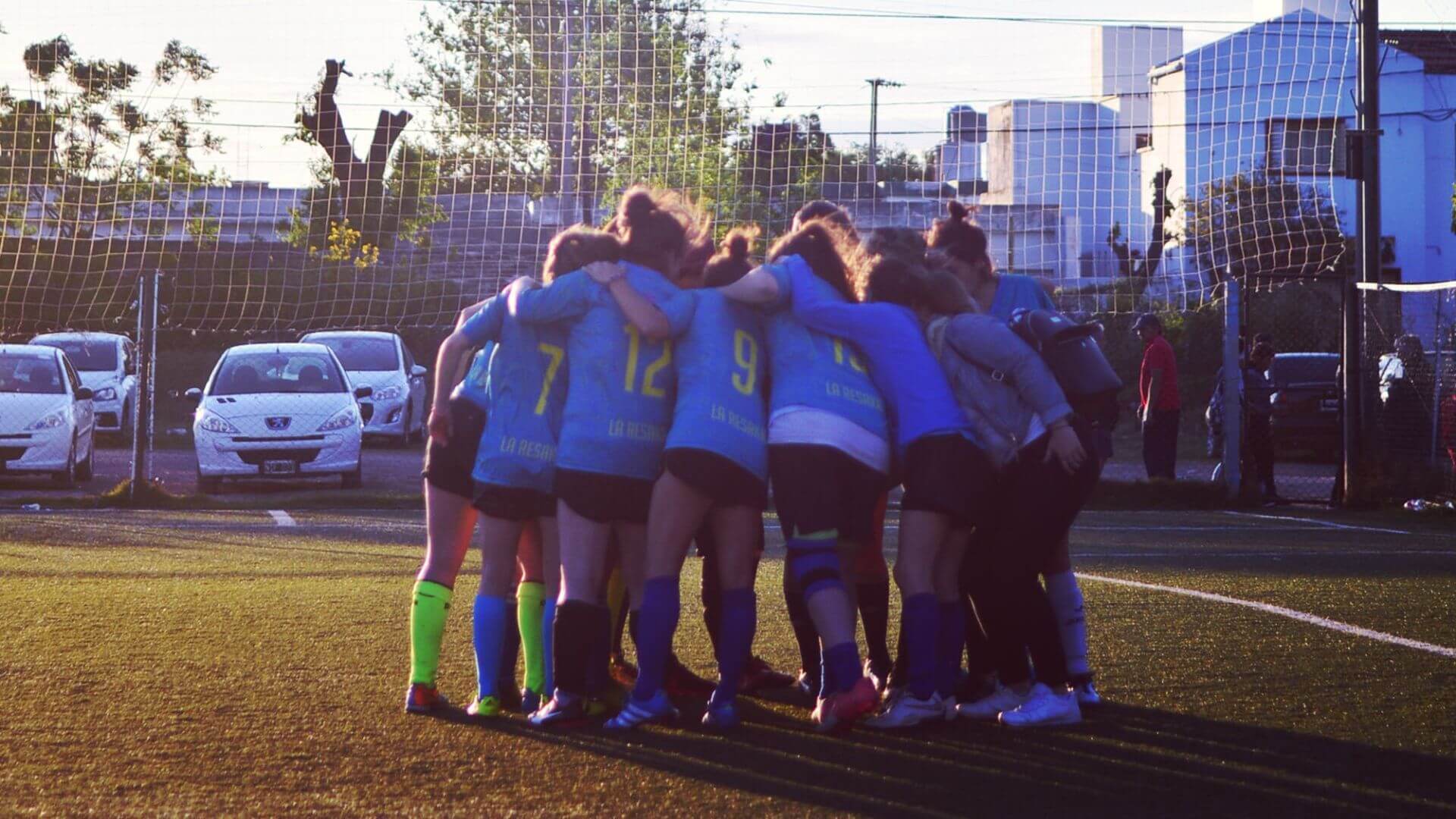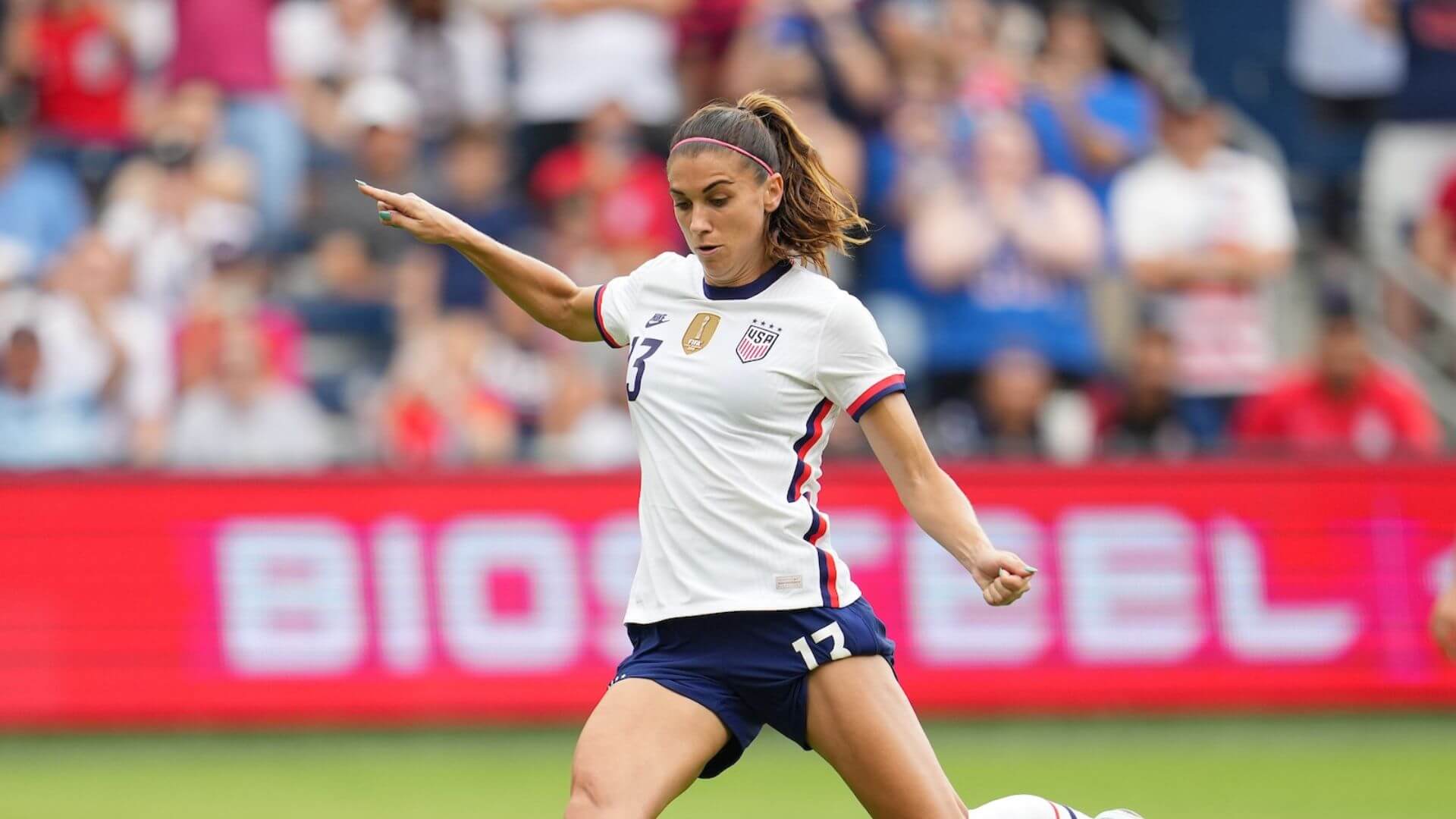Soccer Field Formations and Their Benefits
In the game of soccer, the formation a team employs on the field can greatly impact its performance and overall success. Soccer field formations refer to the strategic arrangement of players on the field, and each formation has its own unique set of benefits and challenges. Coaches often choose formations based on the strengths of their players and the style of play they wish to adopt. Let’s explore some popular soccer field formations and the advantages they offer.
4-4-2 Formation
The 4-4-2 formation is one of the most widely used formations in soccer. It consists of four defenders, four midfielders, and two forwards. This formation provides a solid defensive structure with a strong midfield presence. The two forwards can work in tandem, creating scoring opportunities and putting pressure on the opposing defense. Additionally, the midfielders can support both defense and offense, ensuring stability and versatility.
4-3-3 Formation
The 4-3-3 formation is an attacking-oriented formation that relies on a strong offensive line. It comprises four defenders, three midfielders, and three forwards. This formation allows for a dynamic and fluid attacking style of play. The three forwards can apply constant pressure on the opposition’s defense and create scoring opportunities. The three midfielders provide support in both defense and offense, creating a balanced approach to the game.
3-5-2 Formation
The 3-5-2 formation, also known as the “wing-back” formation, focuses on dominance in midfield. It consists of three defenders, five midfielders, and two forwards. This formation offers excellent control of the center of the field, allowing for a strong passing game and quick transitions between defense and attack. The two forwards can work together and benefit from the support provided by the midfielders. The wing-backs offer width to the team’s play, stretching the opposition’s defense and creating space for attacking opportunities.
4-2-3-1 Formation
The 4-2-3-1 formation provides a balanced approach to the game, emphasizing defense and attack. It includes four defenders, two defensive midfielders, three attacking midfielders, and one forward. This formation offers stability at the back with four defenders, while the two defensive midfielders provide protection and support. The three attacking midfielders can create scoring opportunities for the lone forward, making it an effective formation for counter-attacking and possession-based play.
5-3-2 Formation
The 5-3-2 formation, also known as the “defensive” or “catenaccio” formation, primarily focuses on defense. It consists of five defenders, three midfielders, and two forwards. This formation provides a solid defensive structure, making it difficult for the opposition to break through. The three midfielders offer support in both defense and attack, while the two forwards can work together to capitalize on scoring chances. This formation is particularly effective when facing strong attacking teams.
It’s important to note that formations are not rigid and can be adjusted during a game based on the team’s tactical needs or changes in the opposition’s strategy. The success of a formation depends on various factors, such as the players’ skills, teamwork, and the coach’s instructions.
Soccer field formations play a crucial role in shaping a team’s performance on the field. Each formation offers its own set of benefits, whether it’s a solid defensive structure, an attacking-oriented approach, or dominance in midfield. Coaches must carefully analyze their team’s strengths, the opponent’s style of play, and their desired approach to the game to determine the most suitable formation.
Featured image via Pexels
_
GIRLS SOCCER NETWORK: YOUR SOURCE FOR GIRLS SOCCER NEWS











